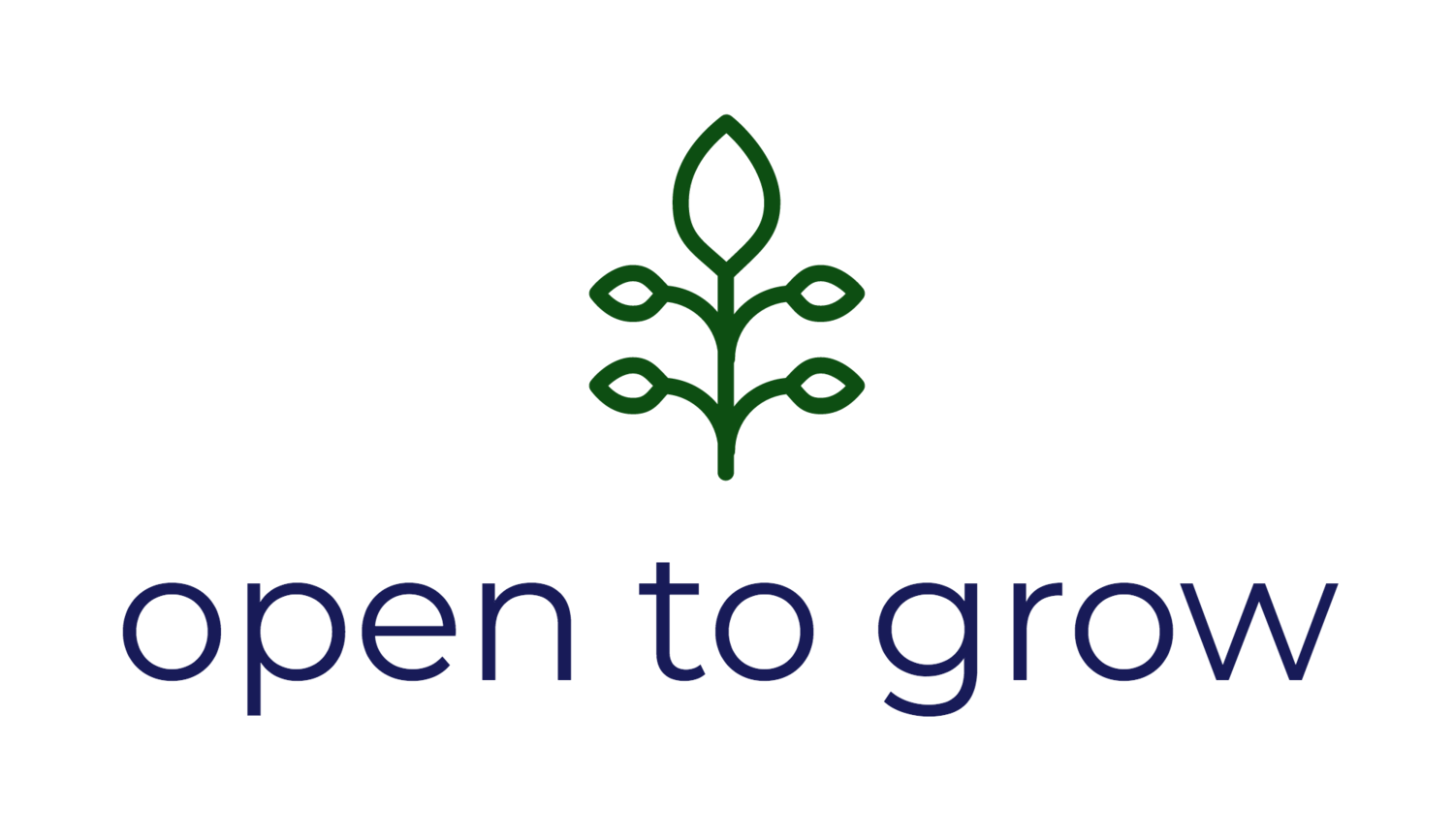Liberating Meetings
/Just today, Seth Godin’s daily missive read:
“The perfect avocado… Sometimes they’re too hard, and often, they’re rotten.
But every once in a while, you’ll nurture an avocado until it’s at the peak state of flavour and texture.
You certainly aren’t going to waste it.
You’re not going to sacrifice it to some sort of smoothie, or even hide it in a sandwich. That’s for the other kind, the less precious ones.
And yet…
This Zoom call we’re on, the precious one, where all the right people are on the call, at the same time, ready to see and be seen–you’re really going to spend the first ten minutes having us go around the room and say our names? Really?
This gathering we all came to, back when we could, or when we can again–we’re really going to sit at tables for 10, shouting at each other, while we tolerate loud music and eat lousy food?
This interaction we’re having with the busy professional, the one that we’ve waited for, you’re going to spend it reciting things that we already wrote down on a form?
Face-to-face is like a perfect avocado. The cost of in-sync time, real-time interaction time, that’s time that we don’t get again.”
Today, as many a day, I found myself nodding and ‘amen-ing’ Seth out loud.
And, as bizarre it is to say this, it’s been a full year now that most of us have been having most of our meetings on Zoom. What have we learned?
At the beginning of the pandemic, me and my colleagues from Greaterthan helped HR Software company CultureAmp help their customers learn the 201 of remote facilitation. This training introduced elements like breakout rooms, Percolab’s Wise Agenda, tools like Mural and Easy Retro. The stated objective of the course was to give people more confidence in navigating this (then) brave new meeting space.
The subtext, however, was encouraging these facilitators to take this opportunity to re-think what meetings are, and what they are for. For years, large organizations have used the webinar format to share information synchronously - and these operations normally follow the same death-by-powerpoint download as the in-person version.
Is it any wonder that many people don't turn their cameras? Let’s face it, it’s much, much easier to disengage when the screen is covered with a slide anyway.
Meetings can be a deliberately developmental space - and help us think about our Lead Together culture. The way we engage with content distribution inputs is a great frame to think about the ‘how’ of our meetings.
We need to hone our awareness of which practices work for the outcomes we seek. This quadrant diagram from Liberating Structures is a useful tool to help us ask these questions:
So, what makes Liberating Structures so different from other facilitation practices?
The Presentation puts maximum control of content in the hands of one person and has no structure to include/engage others.
The Status Report is essentially like a series of presentations, putting the control of content into the hands of one person at a time and with no structure to include/engage others.
The Managed Discussion puts into the hands of one person the control for including/engaging a small number of participants.
The Brainstorm provides a structure to include/engage a few people in expressing their ideas without constraints.
The Open Discussion has no control of content and no structure to include everybody.
Liberating Structures make it possible to include everybody regardless of group size and distribute the control of content among all participants.
And another benefit of Liberating Structures is that many of them translate very well to our new virtual world.
Probably the most well known and easiest Liberating Structure to practice straight away is 1-2-4-all. Use breakout rooms to create the pairs and the 4’s. It works like this:
Start alone, then in pairs, then foursomes, and finally as a whole group:
1- Silent self-reflection
by individuals on a shared challenge, framed as a question (e.g., What opportunities do YOU see for making progress on this challenge? How would you handle this situation? What ideas or actions do you recommend?) 1 min.
2 - Generate ideas
in pairs, building on ideas from self-reflection. 2 min.
4 - Share and develop ideas
from your pair in foursomes (notice similarities and differences). 4 min.
All - Ask, “What is one idea that stood out in your conversation?” Each group shares one important idea with all (repeat cycle as needed). 5 min.
You can find out all about Liberating Structures on their website, download the handy app, or join a Liberating Structures training.
Planning a meeting is a great opportunity to think about what serves our objectives, our people, and create more opportunities to lead together!
